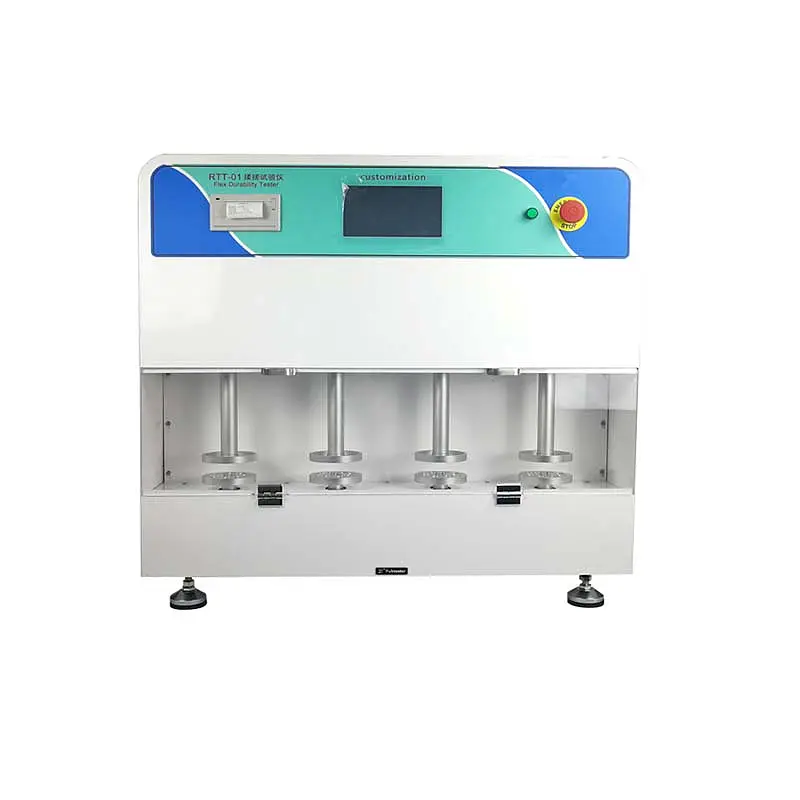
ASTM F392 Barrier Material Gelbo flex durability tester Gelboflex Tester
The Gelbo Flex Durability Tester is designed for Flexible Barrier Materials and complies with ASTM test method F392. This instrument has been designed to determine the flex resistance of flexible barrier materials by applying repetitive strain.
What is Gelbo Flex Testing?
Gelbo flex testing is a standard per ASTM (ASTM F392: Standard Practice for Conditioning Flexible Barrier Materials for Flex Durability). As mentioned above, gelbo flex testing is not a required method for bringing a medical device to market. Rather, it is used as an R+D (research and development) tool to evaluate the relative ability of one of more materials to withstand repeated flexing.
The goal of this test method is not necessarily to have zero cracks or tears, but more to evaluate the performance of one material versus another and an expectation for there to be cracks to assess. If there are no cracks, the cycle count is likely too low, or the material is a specialized material that refuses to crack. It simulates what the packaging material might endure during transit testing, specifically during the vibration portion.
Medical device packaging material manufacturers perform the gelbo flex test on their packaging materials so medical device manufacturers have and idea at how much stress a specific packaging material can endure during transit testing. They will typically have that spec listed on their material sell sheet. This specification is important to know so you know the materials ability to flex, fold, compress, or compound without cracking.
Technical Features
- Six standard test modes including condition A, B, C, D, E and F
- High-frequency data acquisition system, up to 500 times/s to ensure accurate data collection
- High-performance servo motors with closed-loop feedback to ensure full functionality of testing
- Four stations improve the testing efficiency
- Equipped with micro-printer that can print number of experiments, patterns, etc.
- 7-inch HD color LCD touch screen, test parameters are displayed in real time
- Fast switch between long and short stroke
- With automatic data storage, statistical analysis, power-down automatic memory and other functions, convenient for users to manage data
- Storage up to 5000 test records
- Testing environment temperature and humidity are displayed in real time and automatically recorded for data comparison
Equipped with an emergency stop button to ensure the safety of the test equipment
Working principle
The sample size (200 by 280 mm) is attached to the flex tester mandrels. The flexing action consists of a twisting motion combined with a horizontal motion (compression), thus repeatedly twisting and crushing the film.
The test set up gives a twisting motion of 440º in the first 90 mm of the stroke and is followed by a straight horizontal motion of 65 mm. The speed is 45 cycles per minute.
Technical Specifications




